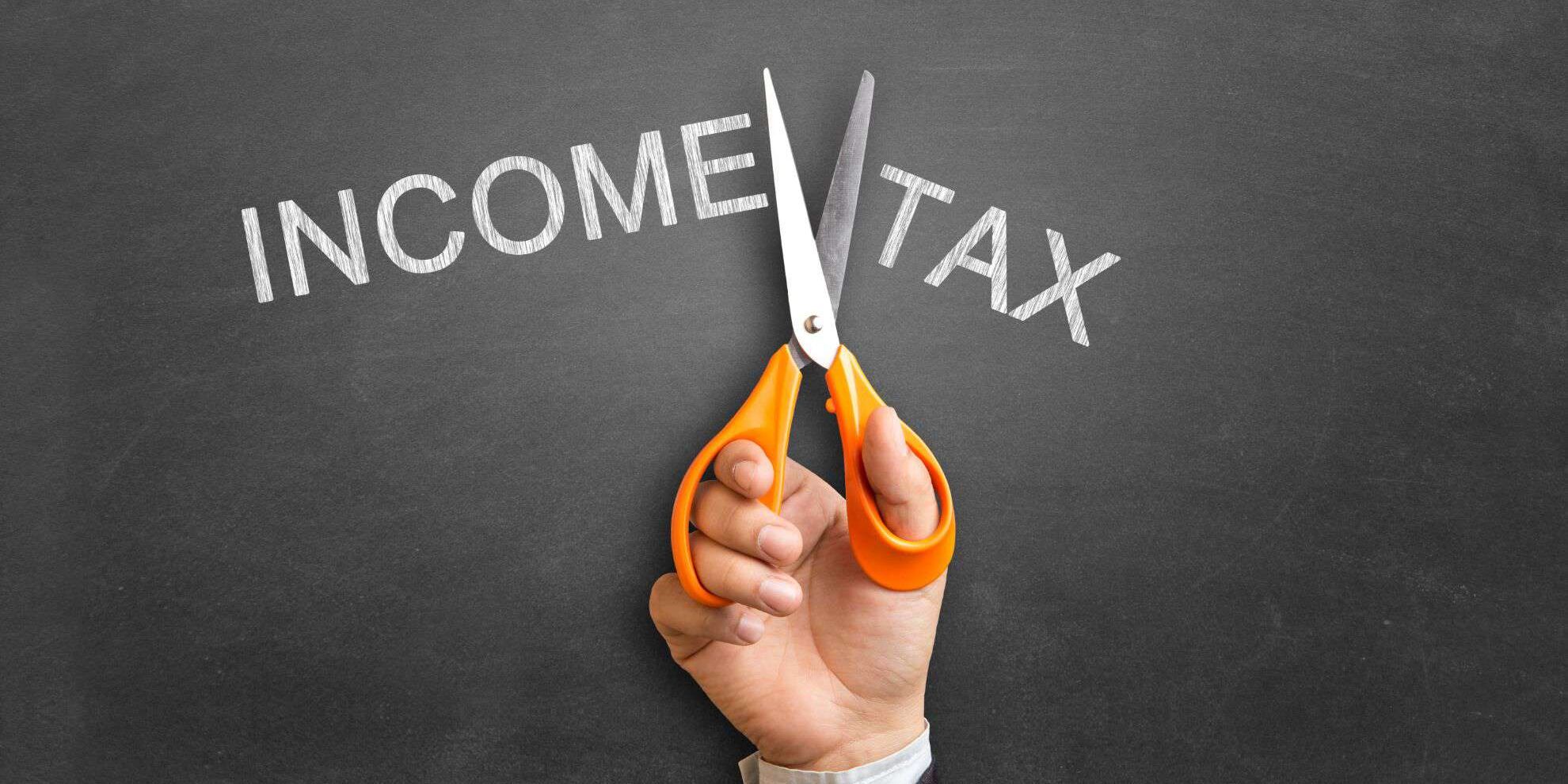Legislated personal income tax cuts set to take effect from 1 July 2024 are set for a makeover, according to a new plan unveiled by the Federal Government.
Following widespread conjecture, it’s been made official that the Government will revamp the prearranged Stage 3 tax cuts that were due to start from 1 July 2024. This revision is expected to lead to an increase in take-home pay for a majority of Australian tax filers from 1 July, though the outcome might not be as advantageous as previously outlined before the overhaul.
What modifications can we anticipate?
The updated tax cuts aim to rechannel the benefits more favorably towards lower-income households, which are currently shouldering the brunt of cost of living increases. As per the suggested new arrangement, every resident taxpayer with a taxable income below $146,486, who would otherwise owe income tax, is poised to enjoy a more substantial tax break compared to the original Stage 3 provisions. For instance:
- A taxpayer earning $40,000 is set to receive a $654 reduction in taxes, a stark improvement over the $0 relief from the initial Stage 3 proposal (although they might have gained from earlier tax cuts in Stages 1 and 2).
- A taxpayer with an annual taxable income of $100,000 would see a tax reduction of $2,179, which exceeds the amount they’d save under the existing Stage 3 proposal by $804.
Conversely, those with an income of $200,000 will witness their expected Stage 3 tax cut benefits cut down significantly, from a forecasted $9,075 to roughly $4,529. While there is still a saving to be had compared to the current tax rates, it is a reduced sum.
Additionally, there’s good news for low-income earners, as the Medicare Levy low-income thresholds are anticipated to surge by 7.1% to match inflation adjustments. This means that the 2% Medicare Levy wouldn’t apply until an individual’s income surpasses $32,500, up from the current threshold of $26,000.
Despite the proposed reforms aiming to remain revenue-neutral when compared with the originally budgeted Stage 3 plan, they are projected to come at an increased cost of about $1 billion over the forthcoming four years, until the effects of bracket creep begin to erode the benefits.
Here is a closer look at the current, the legislated, and the reimagined Stage 3 tax rates for Australian resident taxpayers.
| Tax rate | 2023-24 | 2024-25 legislated | 2024-25 proposed |
|---|---|---|---|
| 0% | $0 – $18,200 | $0 – $18,200 | $0 – $18,200 |
| 16% | $18,201 – $45,000 | ||
| 19% | $18,201 – $45,000 | $18,201 – $45,000 | |
| 30% | $45,001 – $200,000 | $45,001 – $135,000 | |
| 32.5% | $45,001 – $120,000 | ||
| 37% | $120,001 – $180,000 | $135,001 – $190,000 | |
| 45% | >$180,000 | >$200,000 | >$190,000 |
Under the proposed redesign, all resident taxpayers with taxable income under $146,486, who would actually have an income tax liability, will receive a larger tax cut compared with the existing Stage 3 plan. For example:
- An individual with taxable income of $40,000 will receive a tax cut of $654, in contrast to receiving no tax cut under the current Stage 3 plan (but they are likely to have benefited from the tax cuts at Stage 1 and Stage 2).
- An individual with taxable income of $100,000 would receive a tax cut of $2,179, which is $804 more than under the current Stage 3 plan.
However, an individual earning $200,000 will have the benefit of the Stage 3 plan slashed to around half of what was expected from $9,075 to $4,529. There is still a benefit compared with current tax rates, just not as much.
There is additional relief for low-income earners with the Medicare Levy low-income threshold increasing by 7.1% in line with inflation. It is expected that an individual will not start paying the Medicare Levy until their income reaches $26,000 and will not pay the full 2% until $32,500 (for singles).
While the proposed redesign is intended to be broadly revenue neutral compared with the existing budgeted Stage 3 plan, it will cost around $1bn more over the next four years before bracket creep starts to diminish the gains.
It’s far from a done deal at this stage!
To turn the reworked Stage 3 personal income tax cuts into a reality by the 1 July 2024 deadline, the Government must expedite the enactment of revisionary legislation. Achieving this will necessitate the backing of either the independent members or the support of minor political parties to ensure a smooth legislative journey through Parliament.
Tracing the origins of the plan
Initially unveiled in the 2018-19 Federal Budget, the personal income tax scheme was crafted to tackle the pressing matter of ‘bracket creep’ – the phenomenon where tax brackets lag behind wage growth, culminating in a gradual increase in the tax liability for individuals. The strategic three-tiered plan aimed to recalibrate the personal income tax structure by streamlining tax brackets and rates, alleviating the tax pressures on numerous taxpayers, and aligning Australia’s tax system more closely with those of comparable nations, such as New Zealand, where the highest marginal tax rate is 39% for incomes surpassing $180,000.
This multipart strategy commenced with changes rolled out from 1 July 2018 and then on 1 July 2020, with the culminating stage 3 set to be implemented from 1 July 2024.
The three stages of reform
| Tax rate | Stage 1 | Stage 2 | Stage 3 legislated | Stage 3 redesigned |
|---|---|---|---|---|
| 0% | $0 – $18,200 | $0 – $18,200 | $0 – $18,200 | $0 – $18,200 |
| 16% | $18,201 – $45,000 | |||
| 19% | $18,201 – $37,000 | $18,201 – $45,000 | $18,201 – $45,000 | |
| 30% | $45,001 – $200,000 | $45,001 – $135,000 | ||
| 32.5% | $37,001 – $90,000 | $45,001 – $120,000 | ||
| 37% | $90,001 – $180,000 | $120,001 – $180,000 | $135,001 – $190,000 | |
| 45% | $180,001 and over | $180,001 and over | $200,001 | $190,001 |
Any concerns?
If you have any concerns about the impact of the proposed changes, please call Heany Business Group to discuss.
For tax planning purposes, for those with taxable income of $150,000 or more, the redesigned Stage 3 tax cuts offer less planning opportunity than the current plan. But, any change in the tax rates is an opportunity to review and reset to ensure you are taking advantage of the opportunities available, and not paying more than you need.

